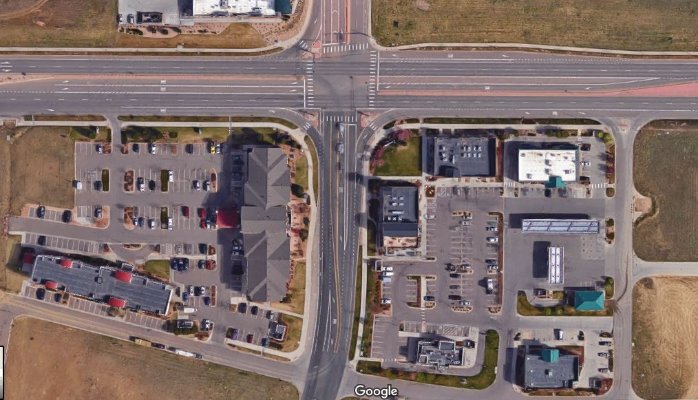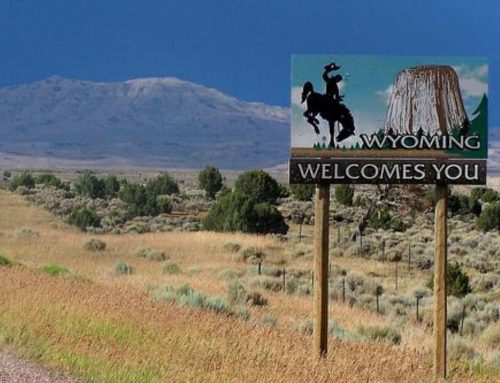Skip to content
Access Management

I have spent years working on access management on behalf of public municipalities, cities, counties, Department of Transportations, and private clients. Having spent time reviewing traffic impact studies and access points for both the public sector and private sector I have realized that more often than people realize, both parties have similar goals when it comes to access management. Both the local jurisdictions and the developers often want a safe and efficient roadway with properly spaced access points. Many jurisdictions have discovered that it is prudent to not take a “one size fits all” approach for access management but to leave room for engineering judgment for the following reasons:
-
When developing large properties, it is often appropriate to have more than one access point as long as proper access spacing can be achieved and the proposed access points can supported in a Traffic Impact Study (TIS) or an Access Management Plan.
-
Having more than one access point can sometimes help traffic. Appropriately spaced access points spread out turning movements onto the public roadway which helps prevent the situation where one access point can cause intersection levels of service (LOS) to degrade over time. A TIS will be able to analyze the situation of whether an additional access point would be beneficial.
-
Having at least two points of access is often a fire department requirement in case one of the access points is obstructed.
-
Having more than one access point also allows for access to the property if there is construction activity on the public street that impacts one of the access points.
Please note that I am not recommending that more than one access point be allowed for all situations. For smaller parcels that cannot achieve proper access spacing many times one access point is appropriate. However, I would encourage all parties to not try to apply a “one size fits all” scenario to access management and leave room for engineering judgment on a case-by-case basis. After all, some of the best redevelopment corridors in the U.S. resulted from a redevelopment plan and Access Management Plan.
The following aerial photo is an example of what I consider to be good access management coordination on a project where the development and the municipality had positive results on balancing the needs of the community and the needs of the development.
Share This Story, Choose Your Platform!
Page load link






Leave A Comment